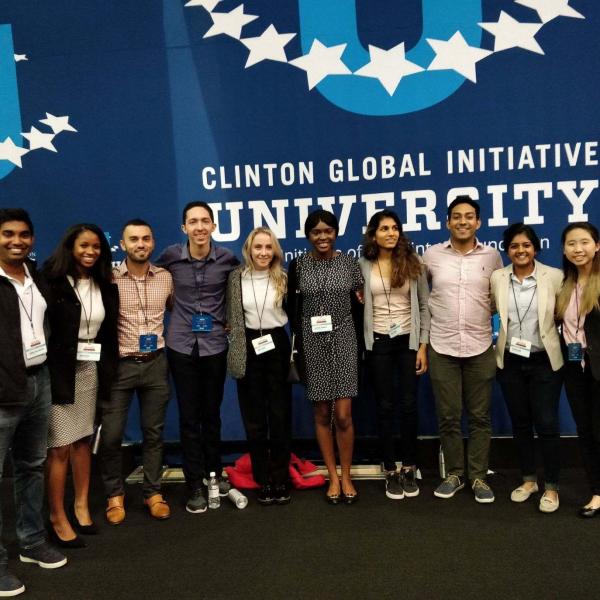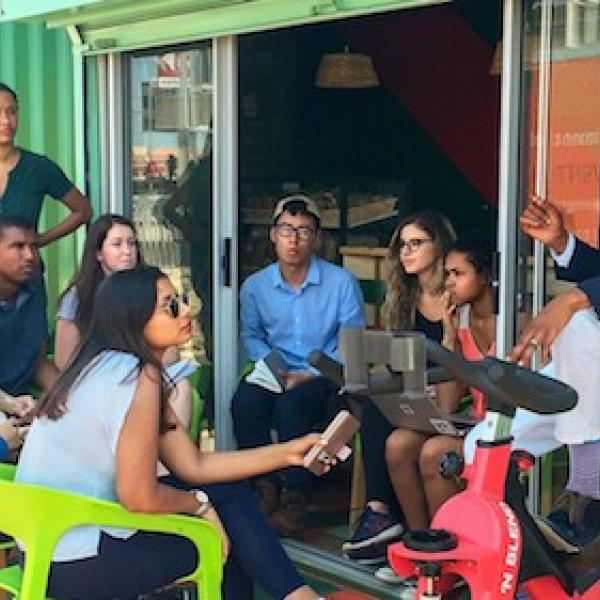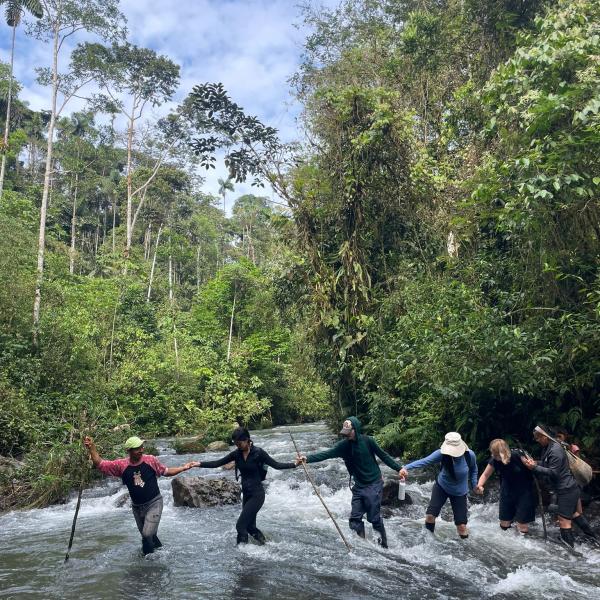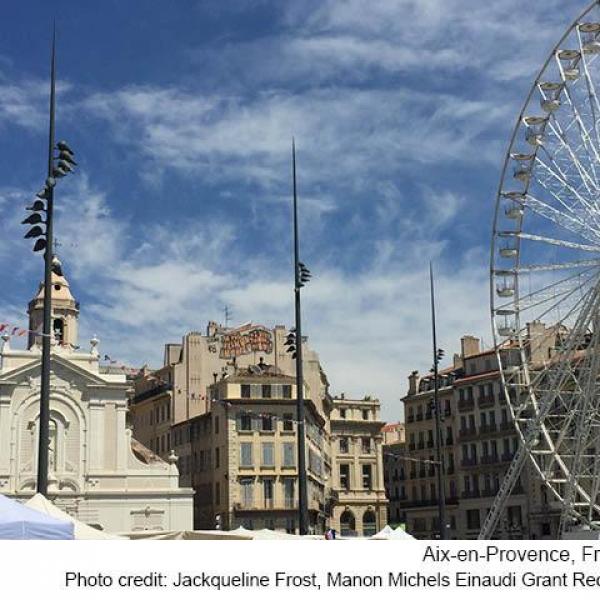Overview
Challenge yourself to maximize natural and built resources, reduce the footprint of our buildings, and provide healthy environments in Barcelona, where there’s 2,000 years of design to inspire you. Use programming, design, and social science in hands-on workshops to create promise for the future, with cutting-edge tools and expert instruction from the best of Barcelona’s remarkable architecture and design community.
What is unique about this program:
- Take part in the Future Cities Design Studio, which features an interdisciplinary perspective
- Conceive and execute design projects in studio space located at the Institute for Advanced Architecture of Catalonia (IAAC) in the 22 area of Barcelona
- Use the FabLab facilities at the IAAC, a cutting-edge education and research academic institution dedicated to the development of architecture that meets the challenges of the 21st century
- Take field trips to San Sebastián and Bilbao, and see recently completed buildings by international architects, or explore sites like the Moorish palace of the Alhambra in Granada or the Jürgen Meyer's Metropol Parasol, a contemporary addition to the city of Seville, to see the translation of designs from the page to real life
- Explore sites like the Moorish palace of the Alhambra in Granada and the Jürgen Meyer's Metropol Parasol, a contemporary addition to the city of Seville, to see the translation of designs from the page to real life
- Visit leading architectural firms in Barcelona
What is unique about Barcelona, Spain?
Culture, sport, fashion, finance, media, entertainment – Barcelona is brimming with all of it. The largest city on the Mediterranean Sea, Barcelona is home to 1.6 million in the city proper and 4.5 million in the broader metro area. It is edged with a river on either side and backed by the Serra de Collserola mountains to the west. A walk through the city reveals 2,000 years of history at every turn, including Roman ruins, 19th-century modernista architecture, ultramodern showpieces, and the Gothic buildings of the Old Town.
Castilian Spanish and Catalan are both official languages. Catalan is regularly used in all aspects of life, but not imposed. Taxi drivers, shopkeepers, professors, host families – all speak clear Castilian when Spanish speakers are present. Students don’t need to speak Catalan, but learning a few words can open doors to making friends.
How do I choose among programs?
- See the Office of Global Learning’s “Selecting a Program” page for information on program types and considerations
- Use the search features on the Experience Cornell Opportunities page to filter for programs approved by your college, and by particular subject areas
- Go to the “Get Advice” page for information on drop-in advising hours, scheduling an advising appointment, returned student contacts, and college advisors for study abroad
- Find out about upcoming events, check out FAQs, and read stories from returned study abroad students
How do I apply?
Applying to study abroad is a two-step process. You may complete both steps simultaneously, but the Cornell approval process must be complete before your program advisor in the Office of Global Learning can submit any approval or nomination to the program.
- For Cornell Approval, click on the "Apply" button on this webpage. Applications are approved by the Office of Global Learning on a rolling basis until the application deadline listed on this page.
- For Program Admission, complete an external application directly on the program’s webpage, using the link in the “Snapshot” section. (Note: This deadline may be in advance of the general Cornell deadline for approval. Many programs fill by rolling admission.






